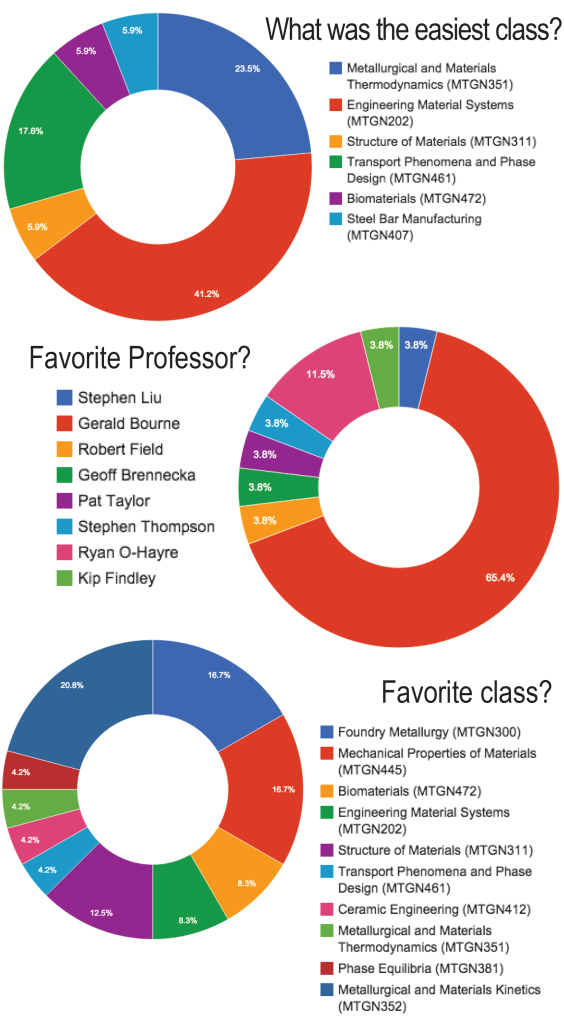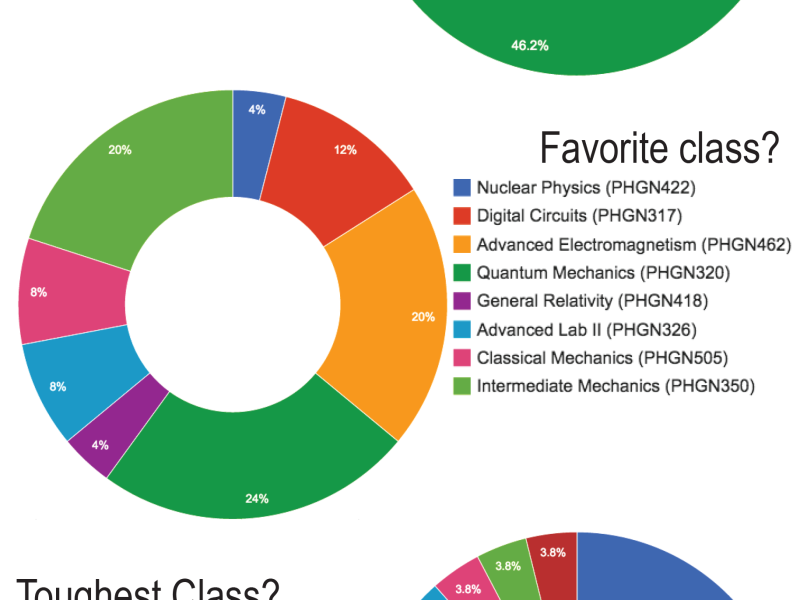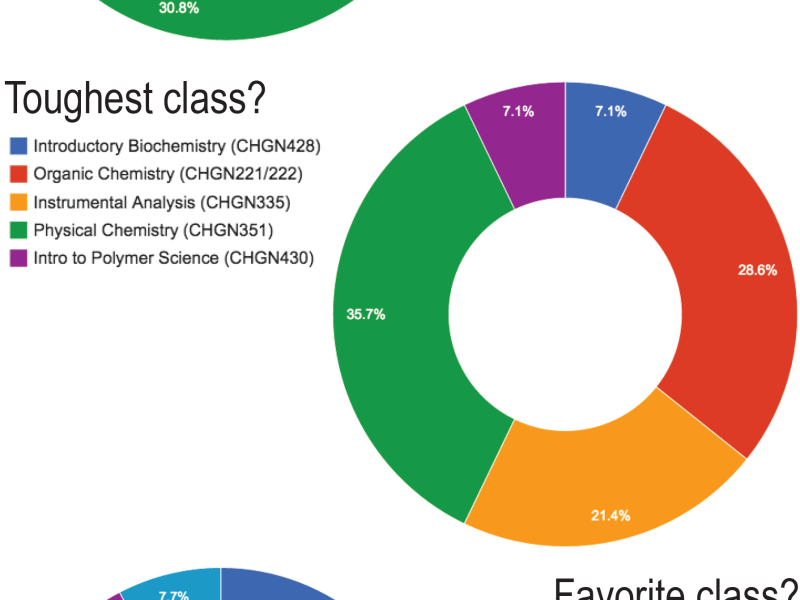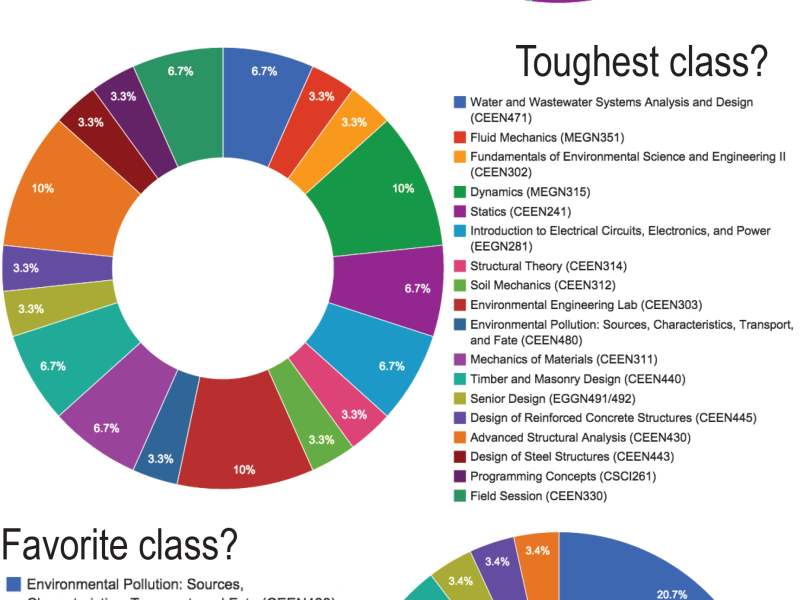The following article is part of a recurring segment in which the Oredigger reviews a department on campus by interviewing the department head and surveying current seniors. To see more articles in this segment click here.
Number of Undergraduate Students: 153
Number of Graduate Students: 100
Male to Female Ratio: 3.5:1
Employment Rate: 100%
Average Starting Salary for a BS: $63, 614
Average Starting Salary for a Masters: $69,614
Average Starting Salary for a Ph.D: $87,246
Student to Faculty Ratio: 5:1
The Oredigger sat down with Ivar Reimanis this week to discuss the Metallurgical and Materials Engineering Department (MME) for the latest installment of department in review. Doctor Reimanis has been a professor at the Colorado School of Mines since 1994 and is currently the MME interim department head. He received his B.S. in materials science from Cornell, a Masters from the University of California-Berkeley, and a PhD from The University of California-Santa Barbara. He then did post-doc studies at the Max Plank Institute in Germany and Los Alamos National Lab.

The Oredigger asked Dr. Reimanis to sell his department to incoming freshman. First and foremost, he wanted to highlight what the outcome of receiving a degree in MME would do for a student. Materials and Metallurgical engineering is not usually a very well-known major among incoming freshman, so Professor Reimanis wanted to highlight the diversity of work a person can perform with an MME degree as well as talk about the two paths students usually take upon graduation. The first path is to continue on to grad school and receive a M.S. in materials science, then either continue on to get a Ph.D and proceed into academia or go to work as a researcher for a National Lab. Those who receive their master’s degree typically go into some sort of research based field. The second track would be to go straight to work. Those who only have a B.S. typically go straight to an industry job. For an MME graduate, there are opportunities to work with large companies in a multitude of industries. It is a very versatile major and students from Mines have received jobs with mining companies, the aerospace industry, tech industry, and prominent research laboratories. For those with an interest in Physics, Chemistry, and Math, or even those who only like one of these subjects, this is a major where they can utilize their interests and study the application of different subjects.
Materials and Metallurgical Engineering is the study of materials like polymers, metals, and ceramics, and their applications. By studying the micro-structure of a material, the behavior of the material can be altered at a micro-level to create “super materials.” Upon receiving a degree in MME, students will know how the aforementioned materials are made, and will have learned about the structure and micro-structures of materials. Dr. Reimanis also wanted to highlight a few different applications for materials science: for those with an interest in both MME and mining, the field of extractive metallurgy may be of interest since extracted metallurgy takes mined ore and extracts the useful materials within. The field of ceramics is huge in the MME industry and ceramics have many different applications from armored plates to glass.
 There are 163 undergraduate students in the MME department and in order to receive a degree, 138.5 credits must be completed. There are 18 teaching faculty (9 tenure track professors) and 12 research faculty in the department. Women make up approximately 30% of the department. There are around 100 graduate students at Mines, and all those completing a thesis track degree are supported with stipends to help pay for their degree; in fact, most thesis based masters students have their entire degree covered through research stipends. The MME faculty are all very well known and respected in the industry, and last year they brought in around 10 million dollars in research money for the department to help cover the cost of grad students. Upon graduation, approximately 10-15% of Mines students will continue on to graduate school, while the rest will look for jobs.
There are 163 undergraduate students in the MME department and in order to receive a degree, 138.5 credits must be completed. There are 18 teaching faculty (9 tenure track professors) and 12 research faculty in the department. Women make up approximately 30% of the department. There are around 100 graduate students at Mines, and all those completing a thesis track degree are supported with stipends to help pay for their degree; in fact, most thesis based masters students have their entire degree covered through research stipends. The MME faculty are all very well known and respected in the industry, and last year they brought in around 10 million dollars in research money for the department to help cover the cost of grad students. Upon graduation, approximately 10-15% of Mines students will continue on to graduate school, while the rest will look for jobs.
Professor Reimanis wanted to highlight the involvement of industry within the department. Recently, the largest ceramics manufacturing company in the world, CoorsTek, donated $26.9 million to the Colorado School of Mines. CoorsTek is based out of Golden, CO and is just down the street from Mines off 10th and Ford st. The Coors family owns CoorsTek, and their donation was the largest gift to Mines in the history of the university. Of that 26.9 million, around $20 million is to help build a new physics building, in which there will be a brand new materials engineering lab. The gift also generated fellowships with CoorsTek, and provided the department with research money and a new $1.5 million electron microscope.
Those within the department are currently researching many things. Recently patents were filed for a process that takes organic waste like corn husks and turns the ash from this material into glass. A 10-year project is currently in the final stages that looked at creating ultra-lightweight steel for industry use and Mines won an award for their manufacturing of ultra lightweight steel. Not only is a degree in MME a versatile degree, it is also a major full of passionate students.
In addition to sitting down with the Interim department head, The Oredigger surveyed a number of upperclassmen within the MME department asking them things like who is your favorite professor and how would you rate the department. The purpose of this is to compare what the students have to say to what the faculty and department statistics say. The following charts and graphs show the results of the survey.





'Department in Review: Metallurgical and Materials Engineering' has no comments
Be the first to comment this post!